How to Apply Design Thinking to Onboarding
Many organizations have compliance-oriented onboarding programs that are focused on completing administrative tasks and activities and last anywhere from one day to three months on average. These programs generally lack engagement, alignment and interpersonal connection building opportunities. The absence of these components opens organizations up to risks in terms of new hire attrition, impacting sourcing costs and productivity.
In this post, we’ll explore applying design thinking to onboarding as a means to drive retention and engagement.
Why is onboarding important?
According to the 2019 Retention Report by the Work Institute, “more than 38% of all turnover in 2018 was attributable to employees who quit within their first year, with 43% quitting within their first 90 days”. The first 90 days of an employee’s tenure with an organization is crucial to their success and longevity. World-class onboarding programs deliver intentionally designed experiences to new hires that orient them to the organization, its mission and culture over time to strengthen their connection and provide meaning to their day to day work.
The 2019 Businessolver® State of Workplace Empathy report found that “82% of employees would consider leaving their job for a more empathetic organization”. To achieve empathy, organizations must place employees at the center of all experiences. They must understand what employees are experiencing during moments that matter and provide adequate communication, resources, feedback and alignment to employees at the right time.
What is design thinking?
“Design thinking is a methodology for creative problem solving,” according to Stanford Design Thinking. The Stanford d school Design Thinking Processes includes five components:
- Empathize – observe the actions and experiences new hires are taking
- Define – identify what specific problem(s) you’re trying to solve and what to focus on as your seeking to formulate a solution
- Ideate – storming or flaring phase where you think as big as possible to come up with solutions, becoming more fluent with the opportunities that you’re addressing
- Prototype – enhance empathy for the new hire experience by exploring and creating options and solutions
- Test – compile learnings across options to refine and continue to iterate to deliver the best experience(s) possible
Applying design thinking to onboarding
To put design thinking into action, you can leverage a variety of tools. For instance, an empathy map enables you to identify moments that matter in the new hire journey and assess potential roadblocks or detractors as well as opportunities to make an impactful impression.
Moments that matter in the new hire experience could include an offer, walking through the door on day 1, meeting the team for the first time, the first customer interaction, and the one-year anniversary. At each of these inflection points, design thinking could identify some highs and lows, providing the opportunity to deploy time, energy and resources to address the lows and accentuate the highs.
For example, a common challenge for new hires is a lack of access to equipment or logins to have a productive first day. Here, cross-functional teams can work together to improve provisioning to ensure all necessary components are completed on time. A potential low point during the orientation phase could be a lack of training or resources to enable a new hire to contribute to their role as fast as possible. A solution could be to deliver tailored learning content based on their position, location or department that develops the job skills that they’ll need to do their job effectively. Another common challenge for organizations is to institutionalize check-ins between employees and managers at a regular cadence throughout their first year. Technology can play a role in formalizing check-ins and providing a mechanism to crystallize these interactions to provide new hires with regular feedback about their performance and contribution.
Design thinking allows organizations to plug holes in experience gaps and positively impact the new hire journey, setting the stage for what the new hire is to expect from the organization. This informs the stay-or-go decision that new hires consider from offer acceptance through their first 90 days and beyond.
The impact of a more mature, empathetic onboarding program
World-class onboarding programs are those that include content and experiences that are intentionally designed to focus on employee engagement, culture, strategy immersion and providing the job skills and required training to set employees up for success. According to a recent Harris Poll, U.S. Trends and Applications in Employee Onboarding, “advanced organizations were more likely to report improvements in stronger engagement for new hires (63% vs. 36%), longer retention for new hires (52% vs. 36%), and faster first-year productivity for new hires (52% vs. 36%).”
For more on applying design thinking, you can watch a webinar on design thinking and the employee experience.



















